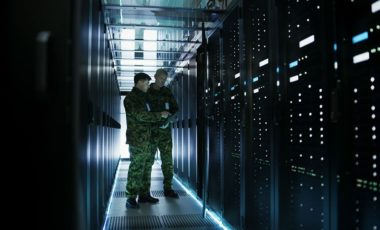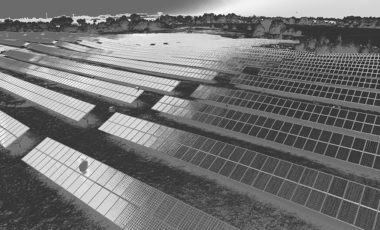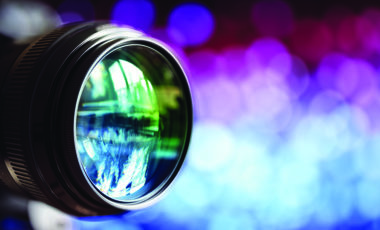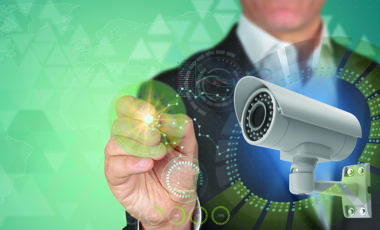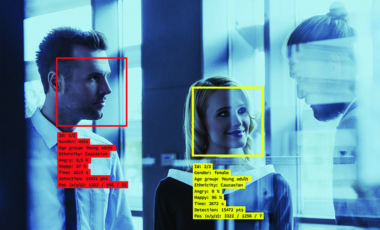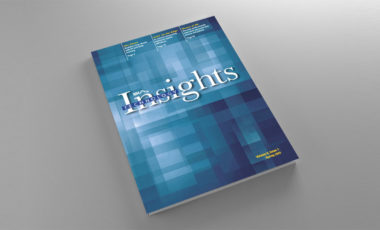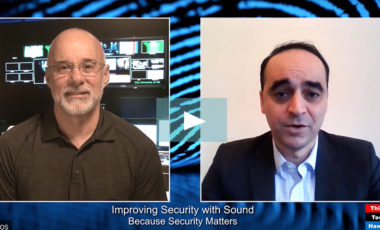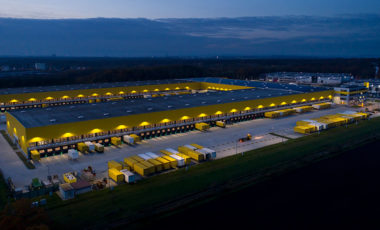Video Surveillance
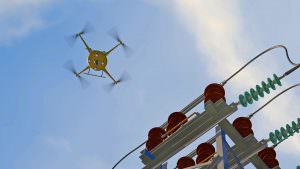
The most rapidly growing sector of the security industry is undoubtedly video surveillance, which has seen fast adoption with a boost in video quality and a drop in system prices. Video surveillance systems empower security personnel to see across vast enterprises, but they also provide other benefits such as demonstrating patterns in customer behavior.
SIA Submits Letter to FDA Addressing Thermographic Systems
Letter intended to raise awareness that some systems are being delivered or marketed in manners that do not follow FDA’s guidelines around the use of thermal imaging systems during the COVID-19 pandemic. Nov. 4, 2020 – SIA recently submitted a letter to the Food and Drug Administration (FDA) Commissioner Stephen Hahn with a focus on…
Keep Reading »Here’s What NDAA Section 889 Really Means for Federal Grants
New Federal Regulation Answers Key Questions on How Section 889 Applies to Federal Grant Funds What SIA Members Need to Know: Federal grant recipients are simply prohibited from using grant funds for covered equipment and services. Restrictions only impact use of federal grant funds. New grants prioritize replacing with alternative equipment. OMB revised the regulation…
Keep Reading »SIA Analysis of New Government Rules on Select Chinese Video Surveillance and Telecom Firms
Preliminary Analysis of FAR Rule and Other Implementing Regulations for Section 889(a)(1)(B) of the National Defense Authorization Act (NDAA) for Fiscal 2019 (P.L. 115-232) What SIA Members Need to Know This preliminary analysis covers the regulation implementing prohibitions on procurement of certain Chinese telecommunications and video surveillance products found in section 889(a)(1)(B) of the NDAA…
Keep Reading »The Heat Is On: How High-Quality Thermal Cameras See Threats That Other Solutions Cannot
Thermal sensors capture something that the naked eye cannot see: heat. What distinguishes thermal cameras from other security sensors is their ability to use heat rather than light to produce images. By measuring the differences between heat signatures and representing these variances in high-contrast, monochrome images, thermal cameras can “see” even in total darkness, sun…
Keep Reading »Quality In, Accuracy Out: Applying Video Analytics to High-Quality Images for Effectiveness
For the past 15 years, the accuracy and range of video analytics have tremendously improved, from basic people counting to facial recognition. Indeed, what was yesterday’s imprecise line crossing has given way to artificial intelligence (AI) and deep learning-based people and object recognition. Several factors directly affect the precision and efficiency of these applications, including…
Keep Reading »Gaining an Edge: How Embedded Analytics Enable Proactive Security and Business Solutions
During the past 10 to 15 years, a savvier video surveillance end user has emerged demanding solutions that feature high-performance cameras, versatile installation, flexibility to expand, cost efficiency in storage and advanced analytics to help realize a system’s full potential. Increased public and private security concerns have driven a technology shift and altered business models…
Keep Reading »Always Watching, Always Learning: How AI-Powered Analytics and Algorithms Make Cameras Smarter
Today’s leading security solutions are carving a new path for the industry. Innovative technology is optimizing the more traditional aspects of security, like video and access control, giving businesses more autonomy when it comes to protecting their assets, property and – most importantly – people. From robust storage features and centralized offsite management to dynamic…
Keep Reading »SIA Technology Insights – Spring 2020
In every issue of SIA Technology Insights, we try to look to the cutting edge (and sometimes even to the bleeding edge) of security technology, to ensure you stay current with the steady whir of technology change. This edition examines the new world of security, where everything is online, machines are learning to perform tasks and threats can come from anywhere in the world.
Keep Reading »Security Matters: Jan. 21, 2020 (Guest: Cameron Javdani)
In the latest episode of the new videocast version of Security Matters, host Andrew Lanning of Integrated Security Technologies spoke with Cameron Javdani, president of SoundSecure, about audio in security and improving security with sound. Javdani, who previously worked for Louroe Electronics before founding SoundSecure in 2019, works to bring audio more mainstream in security…
Keep Reading »Why Your AI Application Needs Better Lighting
There is no question that artificial intelligence (AI) is on the rise. In 2018, the U.S. National Defense Strategy identified AI as one of the key technological advancements that will “ensure the United States will be able to fight and win the wars of the future.” This reflects the explicit, executive objective to invest in AI as a national security interest – though shareholders…
Keep Reading »


